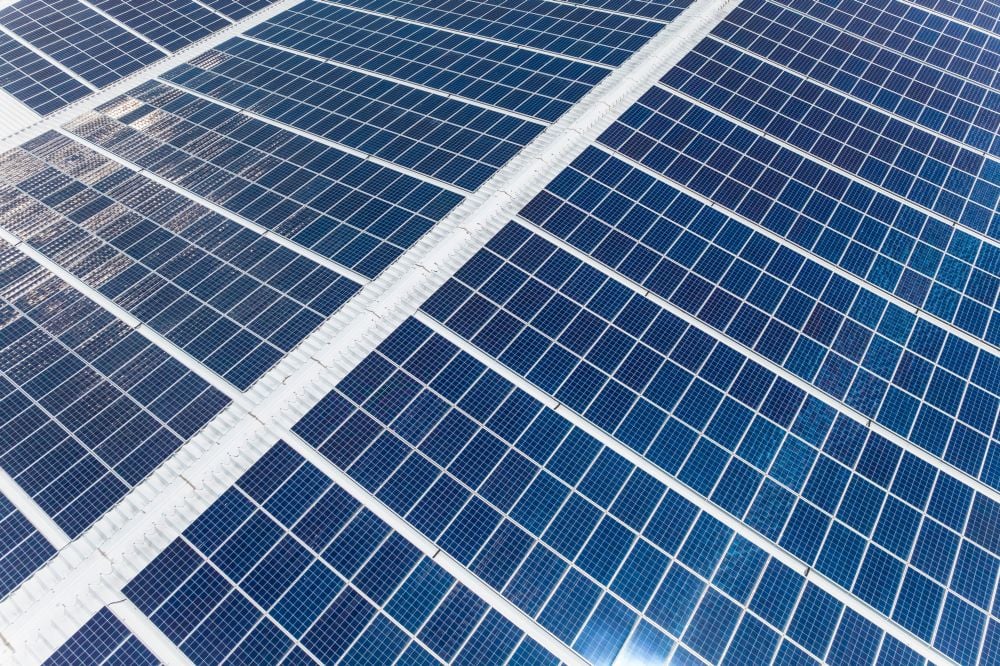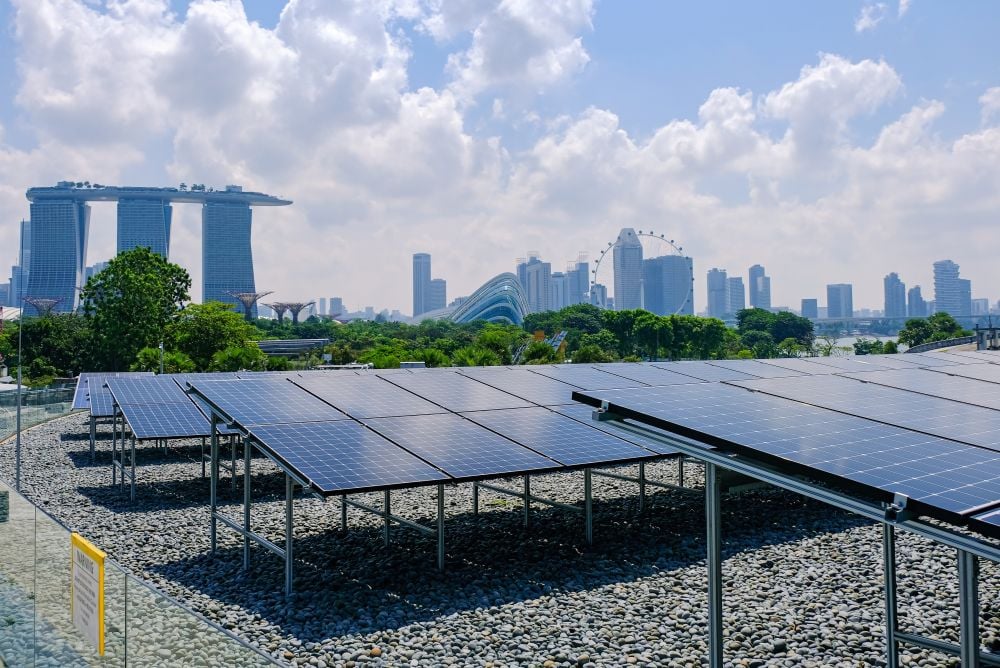You have heard this before: greenhouse gas emissions (GHG) are too high to stop catastrophic changes to our climate. Countries, companies and families must be made aware of the fragility of the planet we live in.
And that is happening: Analysts are busy estimating the cost of the energy transition, and environmental, social and governance (ESG)-minded investors are organizing financial vehicles to fund green projects. A growing number of economists want to tax carbon to encourage substitution away from it. Others focus on ensuring that the costs of the clean energy shift do not fall disproportionately on developing countries, which are now expected to forgo cheap (albeit dirty) energy sources despite accounting for far lower GHG emissions – both historically and currently – than their developed counterparts. The United Nations Framework Convention on Climate Change (UNFCCC) asks countries to announce their Nationally Determined Contributions (NDCs) and hopes that social pressure will force them to deliver on those promises.
All of these strategies for promoting the clean-energy transition – moral persuasion, price signals, and additional funding – have one thing in common: they focus on bolstering global demand for decarbonization.
The supply side, however, is conspicuously absent from the conversation. Every time someone makes a purchase, someone else makes a sale; one person’s spending is another person’s earnings. While the demand-side approach emphasizes buying and spending, it overlooks the crucial dynamics of selling and earning. This renders the entire endeavour inefficient, unfair and politically challenging.
Focusing solely on demand-side factors is short-sighted. Rising demand for decarbonization, without a corresponding increase in the supply of its essential enablers, such as cables, batteries, electrolyzers, electric vehicles, green steel, fertilizers and fuel cells, would merely lead to higher prices and enrich incumbent suppliers. For example, the UNFCCC and its NDCs steer Bolivia toward decommissioning its thermal power plants but do nothing to capitalize on its lithium reserves, the world’s largest. More broadly, countries are being urged to concentrate on their own emissions, rather than contribute to the effort to reduce global emissions by expanding the production of decarbonization enablers.
This exclusive focus on the demand side of decarbonization is also financially inefficient. It directs available capital toward big emitters rather than towards potential suppliers of decarbonization resources.
A case in point is the World Bank’s Just Transition For All initiative, which provides financing for countries that retire coal-fired power plants. The Just Energy Transition Partnerships that have been announced so far have targeted major coal consumers, such as Indonesia, South Africa and Vietnam, but do not channel support to countries that could contribute on the supply side, such as Bolivia, Chile, the Democratic Republic of the Congo, Egypt, Morocco, and Namibia. By developing their mineral, solar, and wind resources or expanding their production of batteries, EVs, and green ammonia, these countries could play a crucial role in advancing decarbonization.
So far, the just energy transition has primarily focused on mitigating the losses experienced by workers in the fossil fuel industry and managing the additional costs associated with shifting away from these energy sources. But the clean energy transition will likely have significantly broader distributive effects.
Energy-importing countries currently incur heavy costs to purchase coal, oil and gas, thereby enriching exporters of those resources. Now, they are being urged to import decarbonization enablers instead of becoming suppliers themselves. But in the absence of measures to enhance these countries’ ability to finance their imports through increased exports, this amounts to adding one type of import to another.
A green world powered by solar, wind, biomass and hydro energy would result in a more equitable distribution of production that favours regions like the tropics and arid areas, such as the Sahara, Sonoran, Namib and Atacama deserts. Because oil is so cheap to transport, it made the world energetically flat, enabling energy-intensive industries, such as steel and chemicals, to operate in energy-importing countries, such as Japan, South Korea and Germany. But this is unlikely to remain sustainable in a green world. Given that renewables are much more expensive to transport than oil, energy-intensive industries will likely seek to relocate closer to affordable energy sources.
The current approach to decarbonization neglects to promote such relocation to renewable-rich regions, many of which are in the Global South, thereby squandering the opportunity to make the world greener and more equal. By focusing on the major coal-consuming countries, the Just Energy Transition framework does little to address global inequality effectively.
A strategy that encompasses both the demand and the supply side of decarbonization would foster much broader coalitions in favour of an accelerated transition. If countries could carve out a role for themselves as suppliers of decarbonization enablers, they would have an incentive to push for a world that relies on their new exports.
Compare that incentive with the notion that installing solar panels alone would generate enough jobs to justify the clean-energy transition. Those jobs could never become an engine of growth because the majority of spending goes toward the producers of solar panels. Conversely, becoming the suppliers of the world’s decarbonization resources would enable developing countries to create new streams of national and regional income, facilitating widespread job growth across their entire economies.
The prevailing strategy to reduce GHG emissions risks rendering the clean-energy transition inefficient, costly, unfair and politically contentious, whereas a strategy that gives equal weight to the supply and demand sides would reduce costs, promote fairness and win greater political support. This approach would marshal countries’ creative potential by broadening their focus from their own emissions to supplying the needs of a decarbonizing world. That is a growth strategy for all and a more compelling and energizing call to action.
Ricardo Hausmann is a professor at Harvard's John F. Kennedy School of Government, a director of the Harvard Growth Lab, and a former minister of planning of Venezuela and chief economist at the Inter-American Development Bank.
Copyright: Project Syndicate









